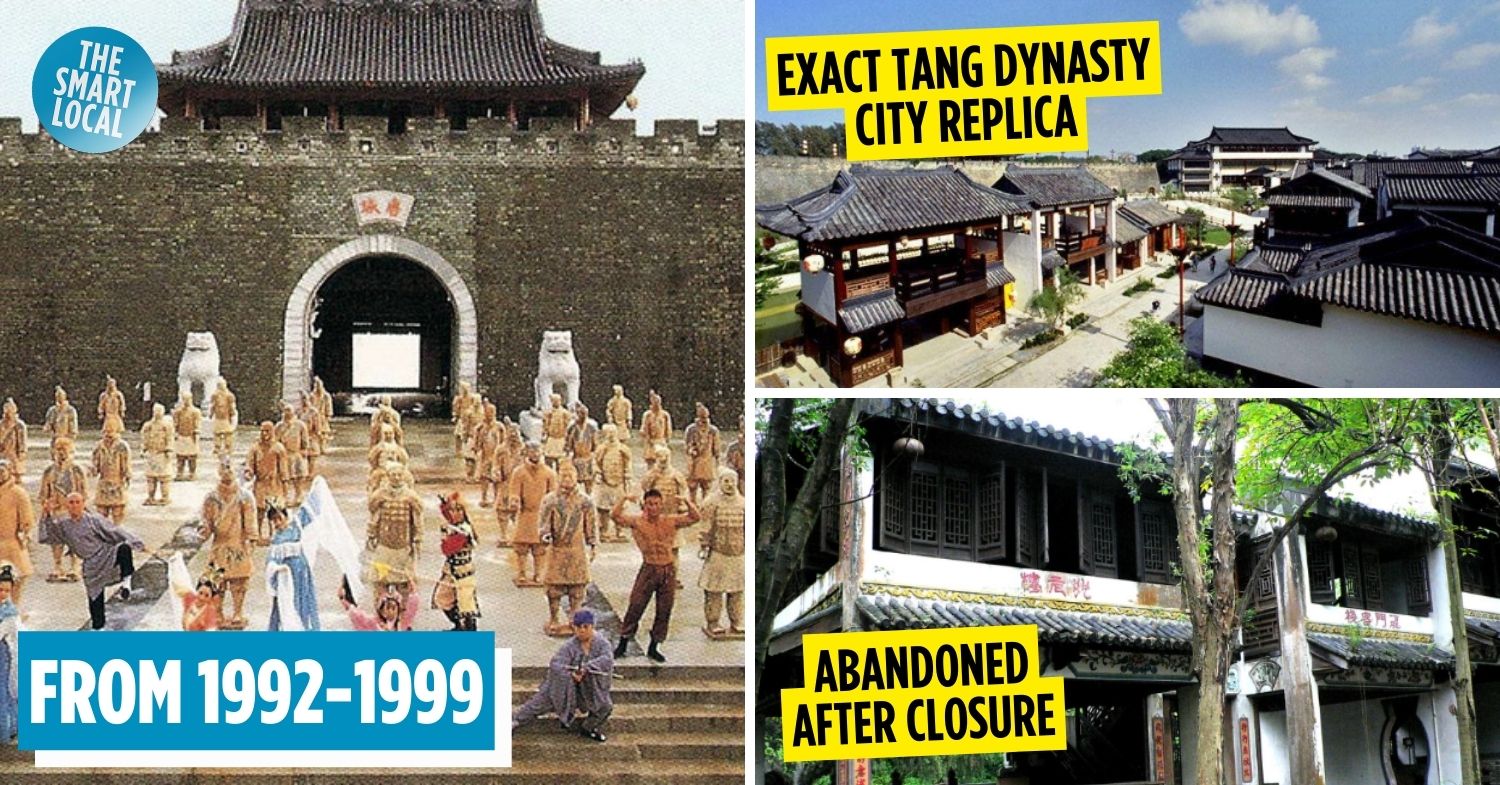Tang Dynasty City
A long, long, time ago, far away in the West of Singapore lived the Tang Dynasty. Jokes – the real Tang clan was never based in SG. For those young’uns who aren’t aware, Jurong used to be home to the Tang Dynasty City replica.
Think a 3m-tall Goddess of Mercy model, terracotta warriors, and even a courtesan house. Curious? Take a trip down memory lane and reminisce about this attraction that has since ceased to exist.
Tang Dynasty IRL in Singapore
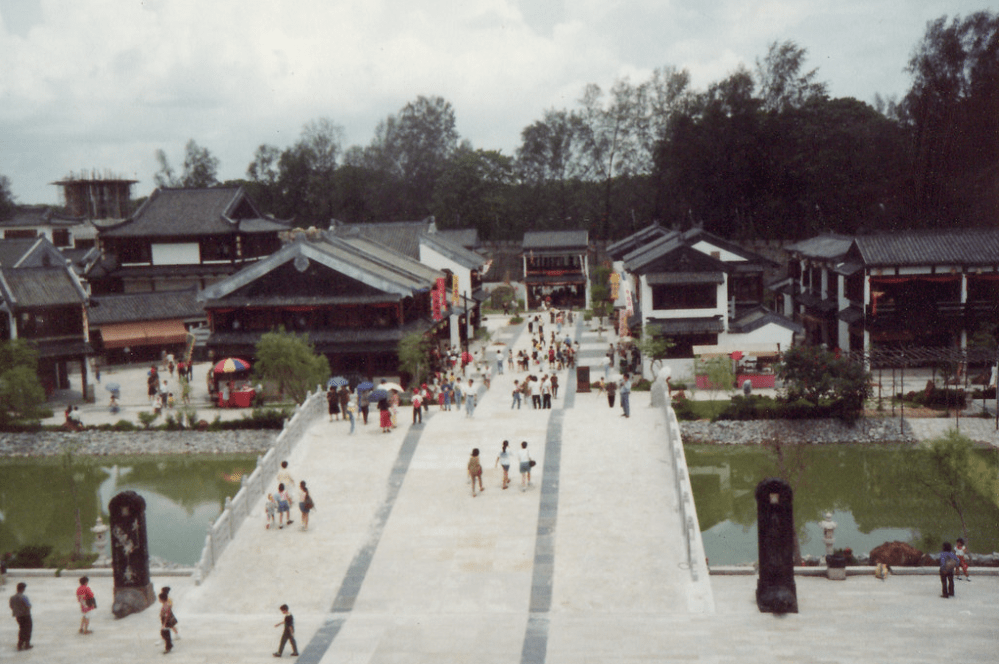
Image credit: Flickr
First things first, why on Earth was this major project implemented? The Tang Dynasty City was built as a 2-in-1: a theme park and a movie set that resembled the cities during the Tang Dynasty. Surprisingly, this wasn’t initiated by folks from China – it was actually spearheaded by a Hong Kong tycoon.
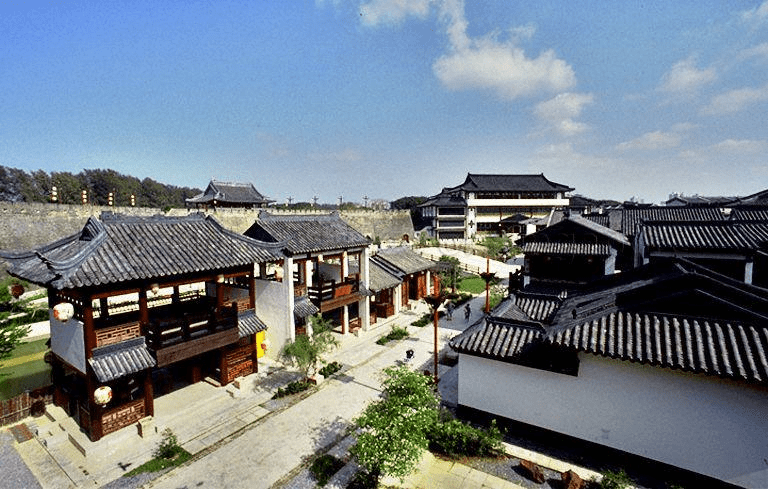
Image credit: Ministry of Information and the Arts Collection (National Archives of Singapore)
As for the cost, this theme park took a whopping $70 million to build. The place was over 12 hectares big too – just imagine 18 Jalan Besar Stadiums put together. In January 1992, its doors finally opened to the public with admission fees going at $15/pax.
Traditional buildings & live performances
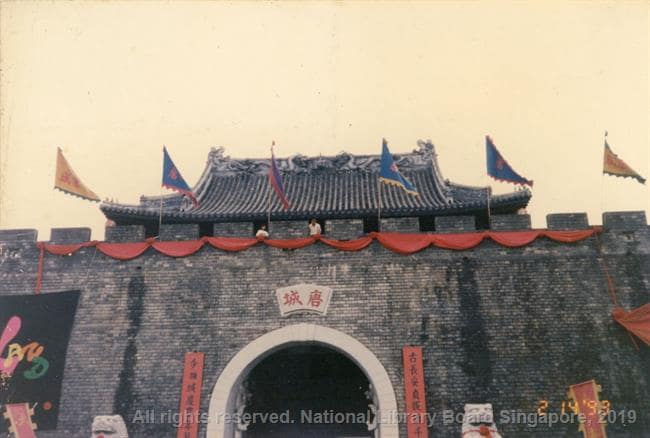
Image credit: National Library Board Singapore
There were a plethora of buildings within the park. You had your quintessential Buddhist temples, shophouses, and a 7-storey pagoda. To accommodate the film-making aspect of the place, there were 3 movie studios located at the site too.
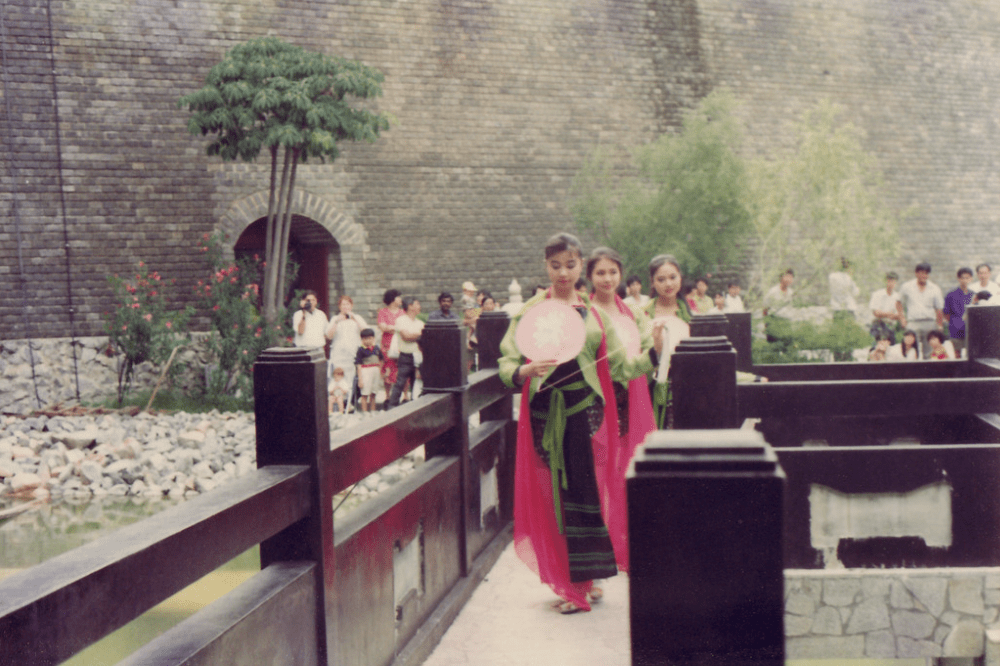
Image credit: Flickr
Tearooms and courtesan houses could also be found here, with the latter featuring a fake menu of the girls available at the entrance. Visitors could pay a visit to the fortune-telling stalls too, to find out when they’ll meet their true love or whether it’s time to get a new job.
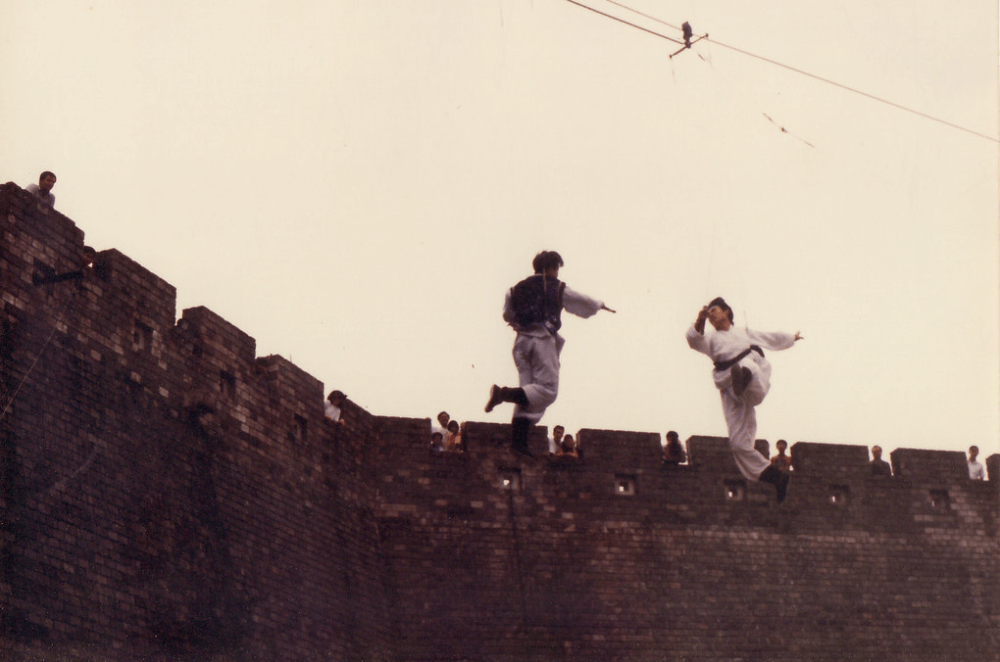
Image credit: Flickr
The streets came alive with actors dressed in traditional Chinese costumes, portraying various characters that included a monk, princesses, and royal guards. Visitors would also get fun surprises such as intense sword fights breaking out on the walkways and bridges. There were also props peppered along the streets that you could interact with.
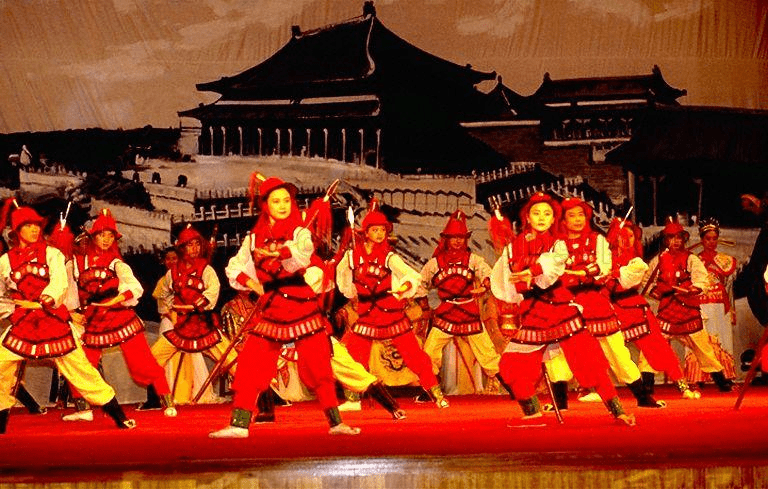
Image credit: Ministry of Information and the Arts Collection (National Archives of Singapore)
Aside from the street performances, you could also enter the theatres to catch live performances. Think Cirque du Soleil with skilled acrobats performing gravity-defying stunts, martial arts sequences, and musical performances.
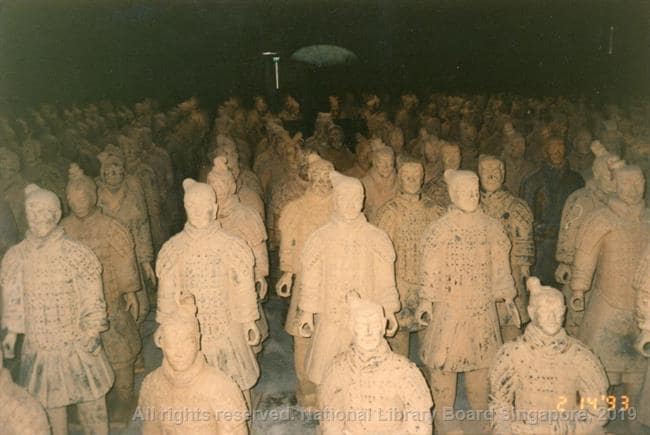
Image credit: National Library Board Singapore
History buffs will know that it wouldn’t be a replica of China’s history without the terracotta soldiers. Replicas of these iconic statues could be found in the theme park as well, where visitors could admire them. TBH, in the dark room, you could easily imagine being in the actual tombs.
Saying goodbye to Tang Dynasty City
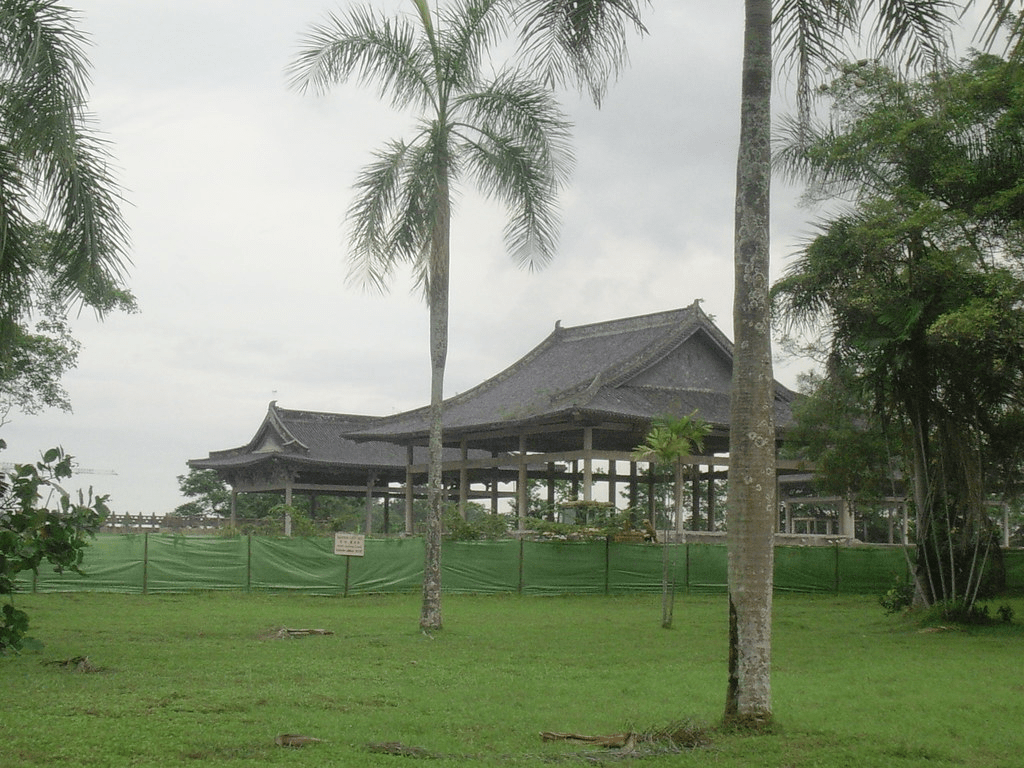
Image credit: Flickr
Alas, all great things – and dynasties – must come to an end. Tang Dynasty City eventually shut its doors in 1999 due to low traffic. It’s been said that the $15 entrance fee was considered hefty and deterred both locals and tourists from visiting the theme park.
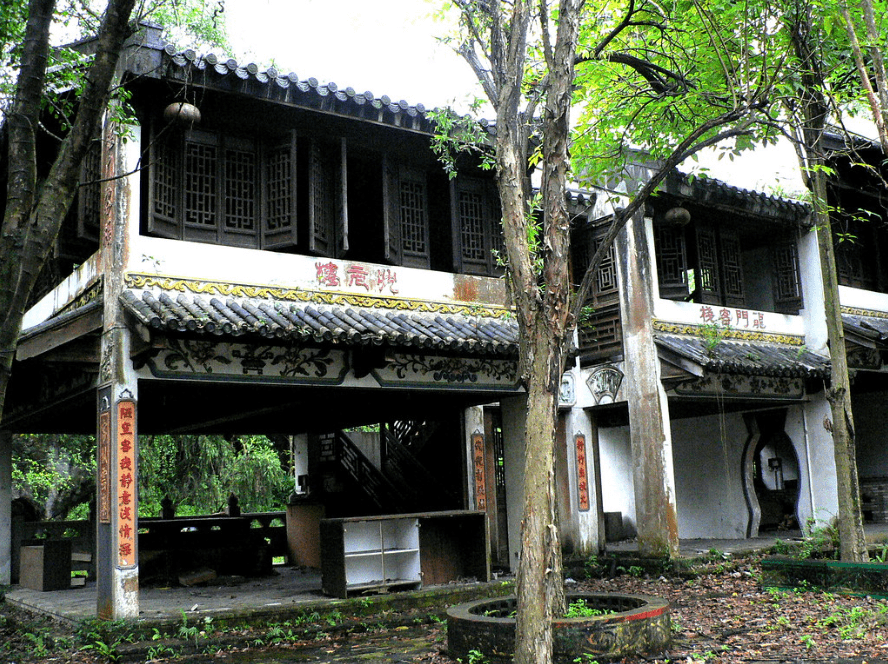
Image credit: Flickr
No actions were taken initially. The buildings and fixtures were left there, and the lack of maintenance led to poor conditions like ruined walls and overgrown creepers. It even became known as one of the haunted places in Singapore. Eventually, the place was fully demolished in 2008 and remains a vacant plot of land till this day.
Tang Dynasty City in Singapore
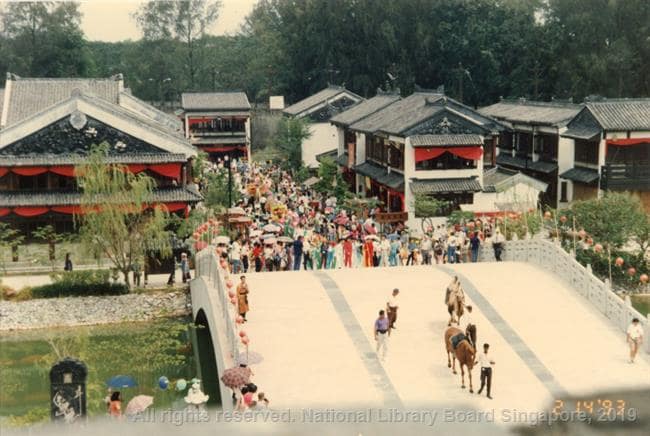
Image credit: National Library Board Singapore
Some might argue that the West side is the best side – and maybe in the 90s, it really was the reigning title holder thanks to the Tang Dynasty City. Just think about it, you could save a tonne of money and time visiting this theme park instead of flying over to China. Plus, it was a real-life time-travelling machine. Sort of.
For more nostalgic content:
- Orchard Road then and now
- Sungei Road Thieves’ Market
- Old markets and hawker centres
- 90s tech gadgets
Cover image adapted from: Flickr, State of Buildings, Ministry of Information and the Arts Collection (National Archives of Singapore)
